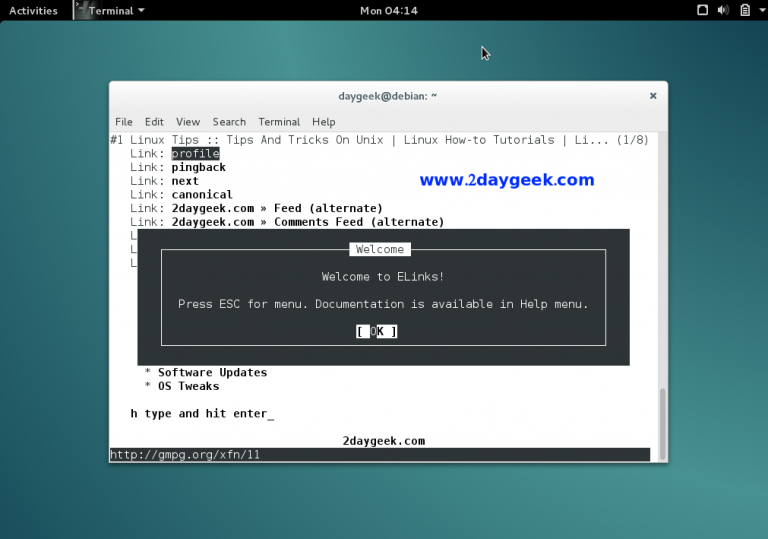

dump-color-mode Color mode used with -dump dump Print formatted versions of given URLs to stdout

default-keys Ignore user-defined keybindings default-mime-type MIME type assumed for unknown document types config-help Print help for configuration options config-dump Print default configuration file to stdout config-dir Name of directory with configuration file base-session Clone internal session with given ID We can use this to test whether our web server is working from the command line: ‘Listen’ sets what ports to listen on.Īnother handy software that you could use is, “elinks”, which is command line based web browser.

The DocumentRoot setting shows where you need to store your websites files, e.g. $ grep '^DocumentRoot' /etc/httpd/conf/nf This file contains a lot of comments to help you configure the file. Httpd’s main config file is the nf file, which I have highlighted in bold above. Now let’s see where all the httpd’s config files are located: This is actually a web based manual, and to gain access to it, first restart the httpd service: Httpd also comes with a seperate user manual that you can also install:
#Reinstall elinks install#
So the first thing we need to do is install this software: In the main public yum repos, the apache software goes by the name, “httpd”. The “Apache HTTP Server” is the most commonly web server software used worldwide. In order to set up a website as a web server, you need to install a web server software your machine. One of the most common reasons for having a RHEL server is so to set it up as a web server to host websites that other people can access via the internet. You can find all my latest posts on medium.


 0 kommentar(er)
0 kommentar(er)
